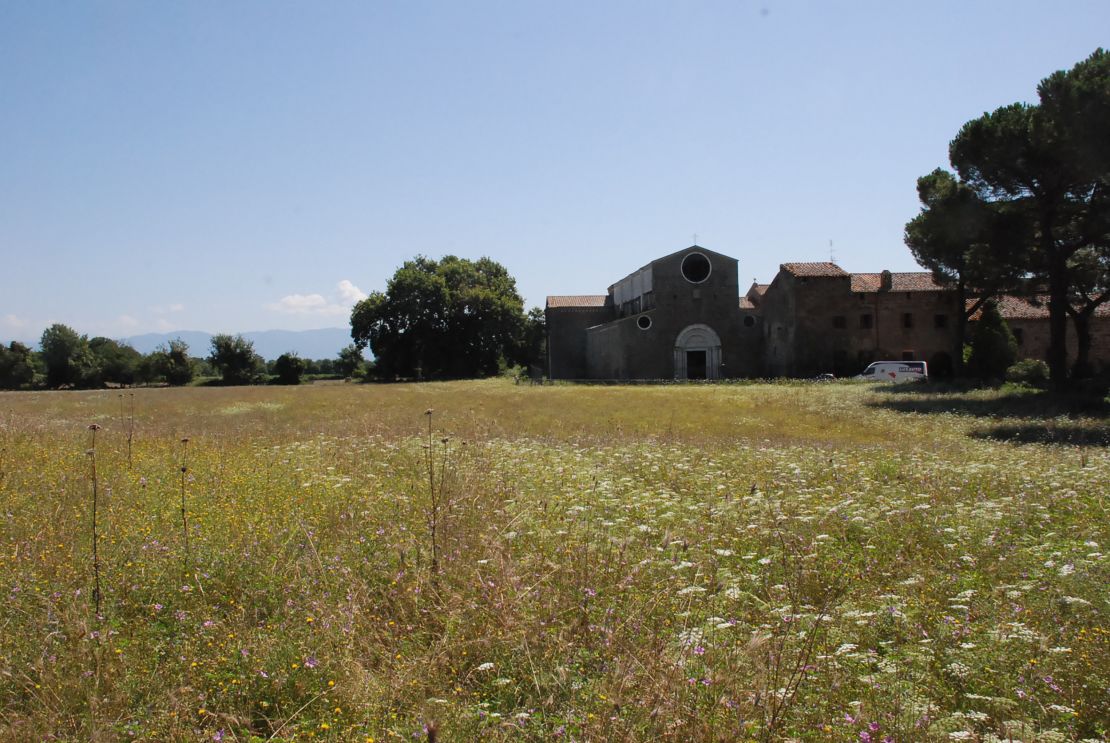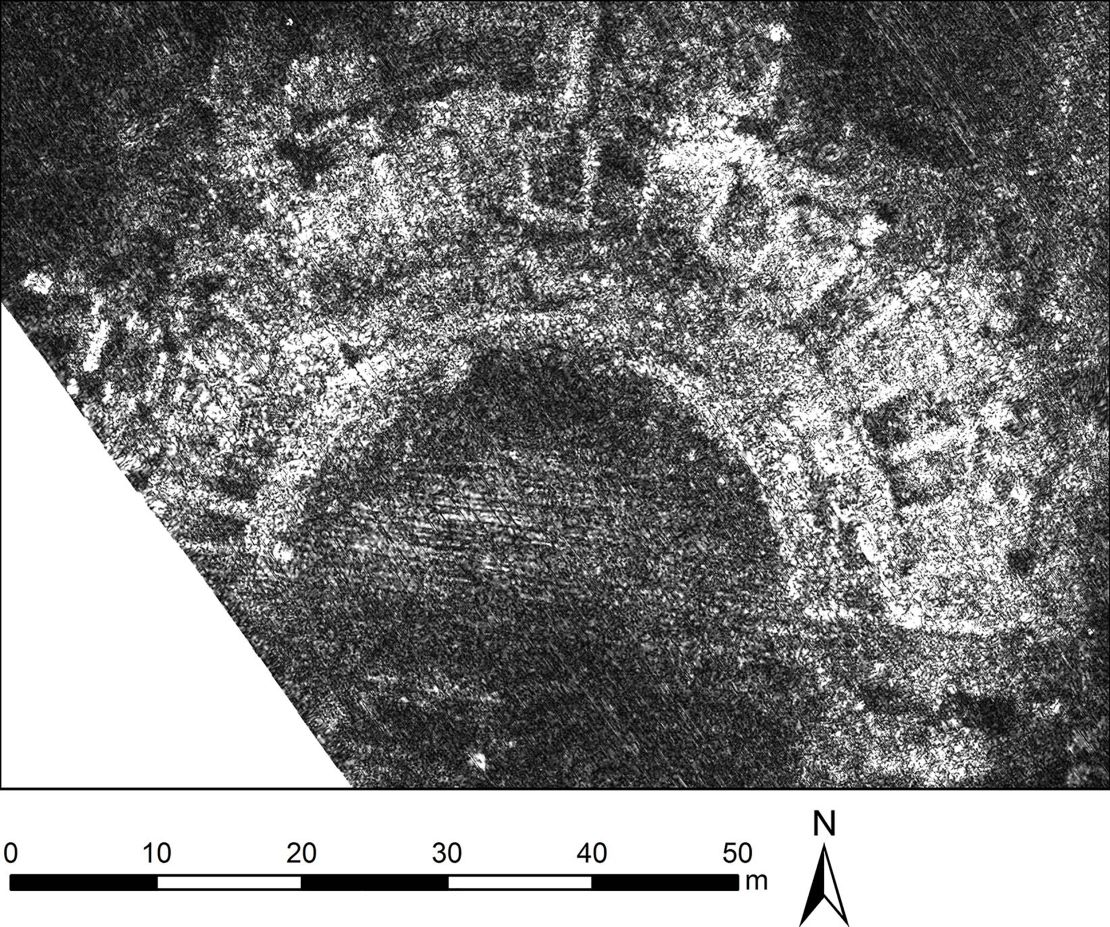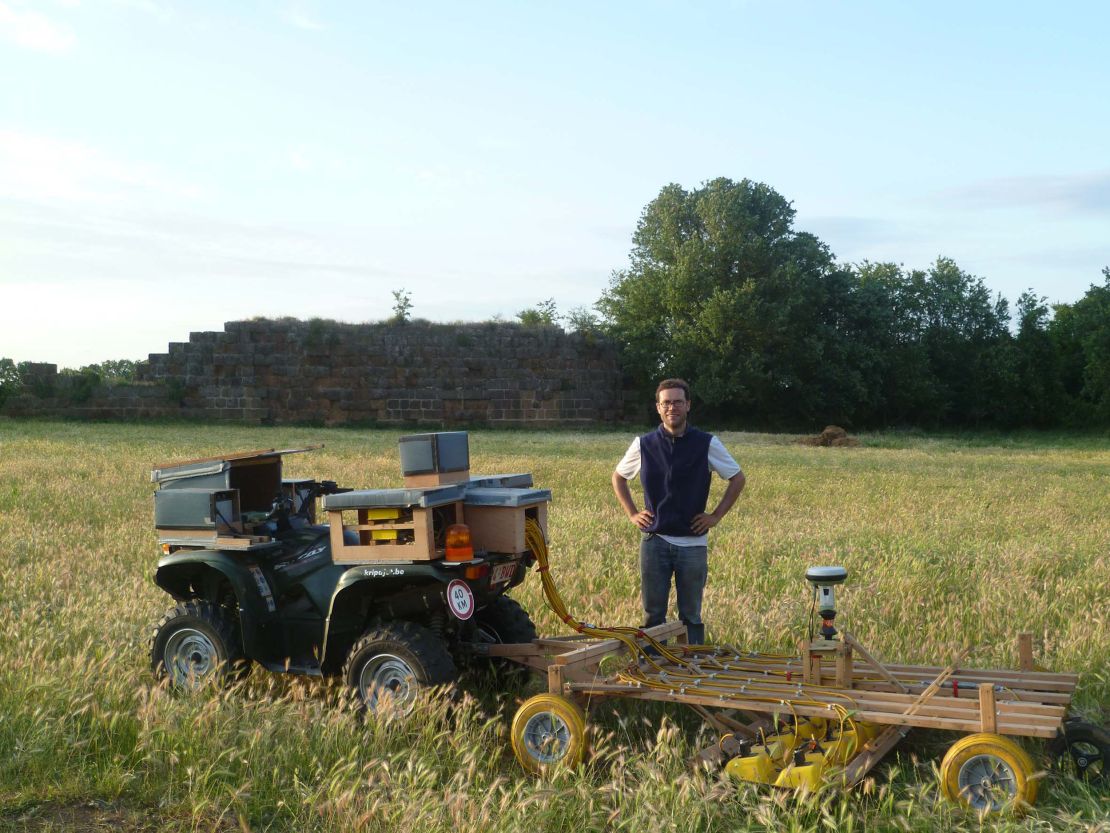The ancient Roman city Falerii Novi once stood about 31 miles north of Rome but was eventually buried over the course of time.
Now, researchers using advanced ground-penetrating radar have been able to map the entire city buried beneath the ground for the first time and discover “astonishing details,” according to a new study.
No digging was required for the archaeologists to “see” the city through layers of ground. They were even able to see how the town evolved from the time it was built and occupied in 241 BC until it was abandoned in the early Medieval period in 700 AD by imaging the site at different depths.
The researchers believe this could revolutionize the study of ancient Roman settlements deep beneath city streets and buildings.
The study published this week Mondayin the journal Antiquity.

Falerii Novi is known from the historical record and has been studied using other techniques before, like magnetic variations in soil due to ancient activities called magnetometry.
But this new analysis and technique revealed aspects of Falerii Novi never known before.
Ground penetrating radar revealed that Falerii Novi had a network of water pipes, a market, temple, bath complex and a public monument.
The layout and design of this particular Roman city was different than Pompeii and other cities that have been studied over the years. And even though this city was less than half the size of Pompeii, its temple, market building and bath complex are more elaborate than the researchers expected.
The images even showed anetwork of water pipes ran beneath the city’s blocks and streets, connected to a large rectangular building and led to an aqueduct. Part of the rectangular building was likely an open-air pool that was part of a public bathing complex, the researchers said.

The public monument they discovered is unlike anything the researchers have ever seen. Located near the north gate of the city, a pair of large structures face each other inside a covered passageway featuring a row of columns down the center.
Falerii Novi was less standardized than other Roman cities, revealing unique aspects of Roman design.
“The astonishing level of detail which we have achieved at Falerii Novi, and the surprising features that [ground penetrating radar] has revealed, suggest that this type of survey could transform the way archaeologists investigate urban sites, as total entities,” said Martin Millett, study author and Laurence professor of classicalarchaeology from the University of Cambridge’s Faculty of Classics, in a statement.
Looking into the past
Advances made recently in ground-penetrating radar technology allowed the researchers to map the entirety of the city’s 75 acres in high resolution. Similar to radar, this ground-penetrating system sends radio waves into the ground. Those waves hit and bounce off of objects. Their echoes create a picture of what’s beneath the ground at different depths.
Materials reflect the waves back differently, which is what researchers used to map the city’s different features.
Using an all-terrain vehicle called a quad bike, the researchers towed their instruments over the ground. The instruments took readings every 5 inches.

Ground-penetrating radar isn’t new; in fact, it’s been used since the 1910s. But the technology is faster and high resolution now, which allowed the researchers to quickly map the city.
Millett said the resolution is so high that “you can see a feature like a column [8 to nearly 12 inches] across under [6.5 feet] of soil.”
Although it can and has been “used as a prospecting method” for finding places lost to time, it is “better attuned to exploring known sites in great detail,” he said.
However, the immense amount of data collected by their instruments takes longer to process. Each 2.5 acres requires about 20 hours of processing, so the researchers haven’t finished looking over all of the Falerii Novi data yet. To help them process more data in the future, they are coming up with some automated solutions.
They anticipated completing their processing of the data within the next year, allowing for more findings about Falerii Novi, Millett said.
Previously, Millett and his colleagues used their technique to study other buried locations in Italy and North Yorkshire, England.
“It is exciting and now realistic to imagine GPR being used to survey a major city such as Miletus in Turkey, Nicopolis in Greece or Cyrene in Libya,” Millett said. “We still have so much to learn about Roman urban life and this technology should open up unprecedented opportunities for decades to come.”





































































































































































